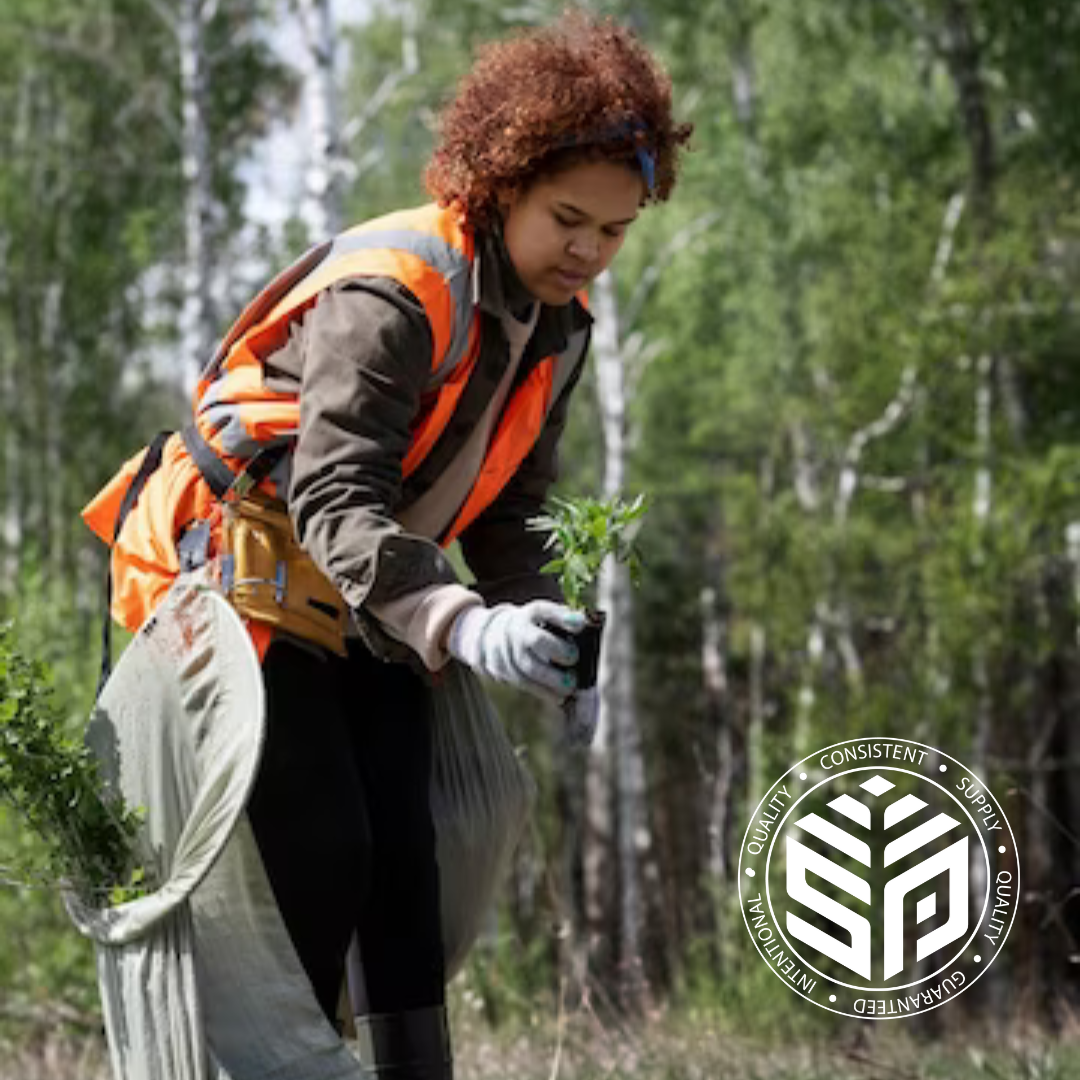In a world where empowering women and promoting gender equality are becoming increasingly important, it is crucial to recognize and commemorate the achievements of women across various sectors.
This includes industries that have historically been male-dominated. An exemplary case in point is the timber industry – a sector of immense importance to both the global economy and the environment.
Throughout time, women have been making remarkable advancements within the timber industry, shattering stereotypes and playing a pivotal role in its expansion, all the while upholding principles of sustainability.
Women should be encouraged to know that they can achieve a lot if they follow their passion, keep on learning, and work hard.
The Rise of Women in the Timber Industry
The emergence of women in the timber industry began with a few trailblazers who dared to challenge societal norms and carve a path for future generations. One such pioneer was Margaret March-Mount – She worked hard to encourage tree planting throughout the country. Her famous catchphrase; “Bombs explode, pines grow” She worked in the forest service from 1913 – 1943.

We wrote a whole article about brave women who made history in the forestry industry, feel to read it by clicking on this link: Women who made history.
In the early 20th century, more women started entering the industry, especially during World War II when the male workforce was deployed for military service. Women took on roles previously reserved for men, demonstrating their skills in various aspects of timber operations. Despite this progress, it wasn’t until the latter half of the 20th century that women’s presence in the industry gained more substantial recognition.
Challenges Faced by Women in the Timber Industry
Despite the growing presence of women in the timber industry, numerous challenges persisted. One significant hurdle was the traditional mindset prevalent within the sector, where stereotypes and biases hindered women’s growth and recognition. Many women faced discrimination and skepticism from their male counterparts and society at large, often having to repeatedly prove themselves to earn respect and acknowledgment.
Physical labor roles, such as logging and mill work, posed additional challenges, as some believed these tasks were not suitable for women. The lack of proper facilities and accommodations for women in remote logging areas further compounded the issue. Additionally, gender wage gaps and limited opportunities for career advancement hindered women’s professional growth and financial security.
However, despite these obstacles, women persisted, showing resilience and adaptability in a male-dominated environment.
Empowering Women and Paving the Way for Change
Recognizing the need for change, various organizations and advocacy groups stepped up to empowering women in the timber industry. Educational initiatives, workshops, and mentorship programs were established to promote women’s involvement in all aspects of the industry, from forestry management to research and leadership roles.
One example is an organization called “SWIFT” (Supporting Women in Forestry Today). SWIFT’s purpose is to foster and empower women and non-binary individuals within the School of Forest Resources (SFR) as they pursue education and careers in forestry. Their goal is to offer guidance and assistance, enhancing the retention of these individuals at all stages of their forestry education and facilitating their smooth progression into the professional realm.

Several women-led organizations also emerged, creating safe spaces for networking, sharing experiences, and offering support and guidance to one another. These initiatives played a crucial role in building a sense of community and unity among women in the timber industry. It encourages them to overcome challenges together.
Women in Leadership: Shattering the Glass Ceiling
In recent years, there has been a noticeable increase in women occupying leadership positions in the timber industry. These women have broken through the glass ceiling. They are proving their competence, knowledge, and leadership skills as CEOs, directors, and managers. Furthermore, they are driving innovation, promoting sustainable practices, and steering the industry toward a greener future.
Forestry South Africa has released a series of articles by women who are driving the Forestry Industry and its value chain forward, helping the Sector address the issues of today and prepare for the challenges of tomorrow. Feel free to read more about it here: Celebrating women at the forefront of forestry.

Sustainable Practices: Women as Stewards of the Environment
Women in the timber industry have demonstrated a strong commitment to sustainable practices and environmental stewardship. Furthermore, studies have shown that women tend to prioritize long-term ecological balance over short-term gains.
As a result, their inclusion in decision-making processes has been instrumental in implementing more environmentally friendly practices. Some of these practices werer responsible logging, reforestation, and wildlife preservation.
Moreover, women have been at the forefront of research and innovation in sustainable forestry practices. From advancements in eco-friendly logging technologies to finding new ways to utilize timber waste. Their contributions have been pivotal in enhancing the industry’s environmental footprint.
Promoting Diversity and Inclusion
The inclusion of women in the timber industry is not just a matter of gender equality. It is also about embracing diversity for the industry’s overall growth and success. Diverse teams bring different perspectives, ideas, and problem-solving approaches, leading to more innovative and effective solutions.
Companies that prioritize diversity and inclusion have reported higher employee satisfaction, improved productivity, and increased profitability.
By celebrating and embracing women in the timber industry, companies can create a culture of inclusivity. This attracts and retains top talent, regardless of gender.
Conclusion
Women in the timber industry have overcome numerous obstacles. They have also shattered stereotypes, and made significant contributions to the sector’s growth and sustainability. From challenging historical norms to occupying leadership positions and advocating for sustainable practices, their impact has been substantial.
Finally, it is essential to celebrate the achievements of women in the timber industry. Recognizing the ongoing efforts will create a more inclusive and equitable future.


